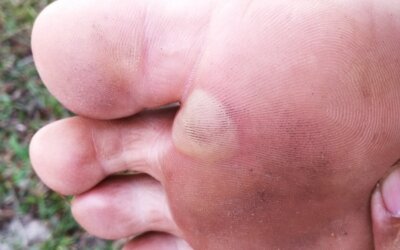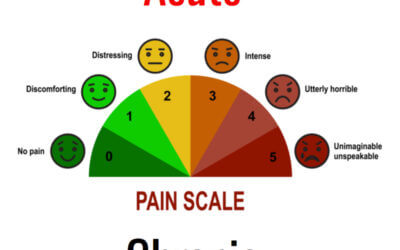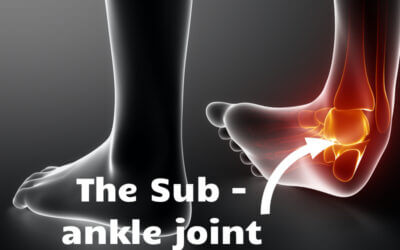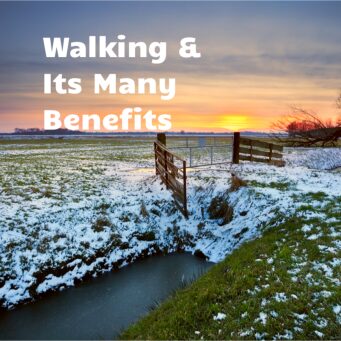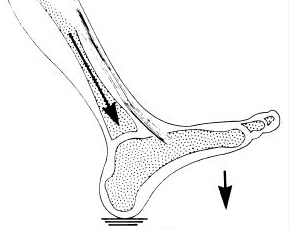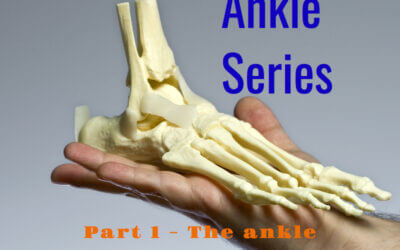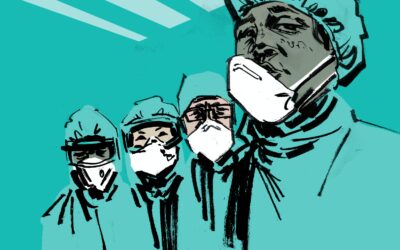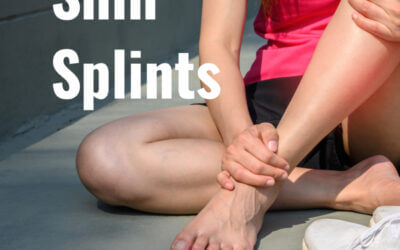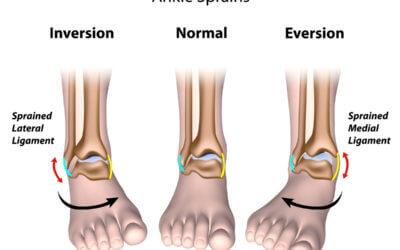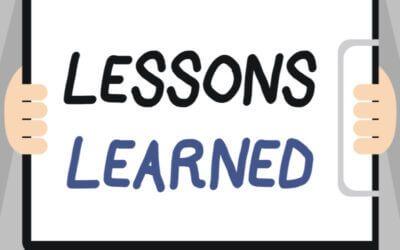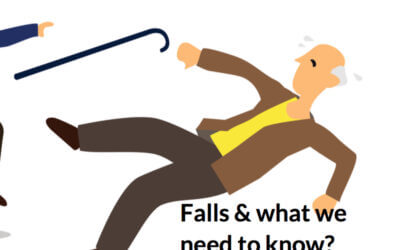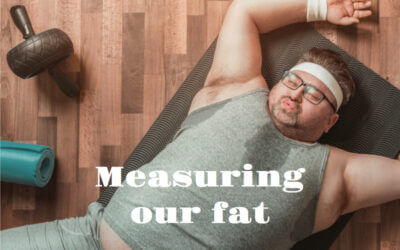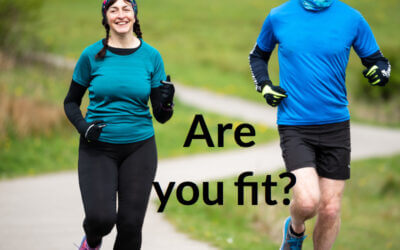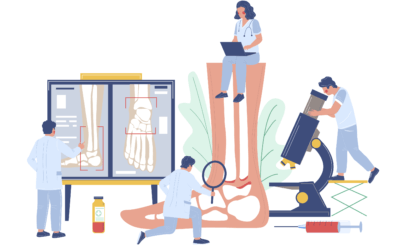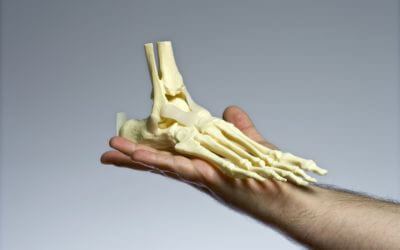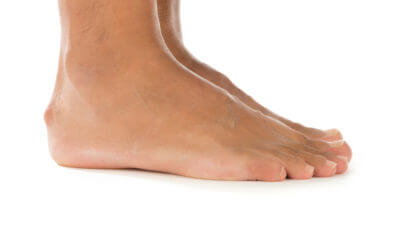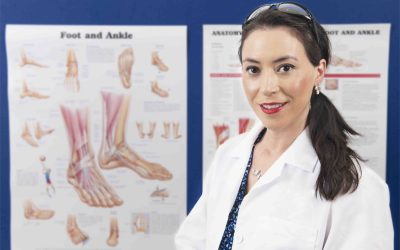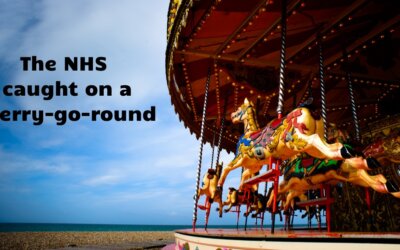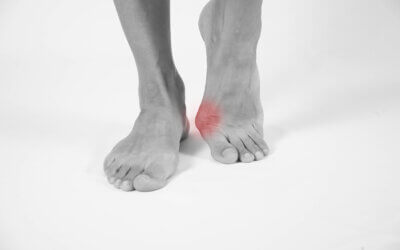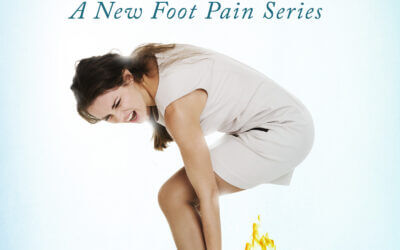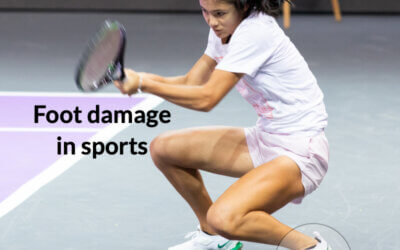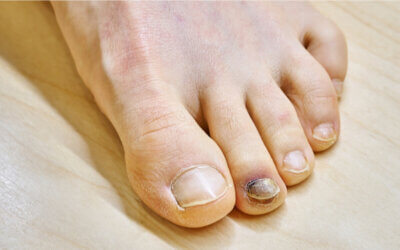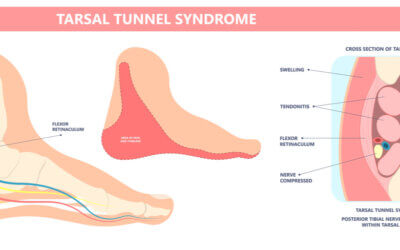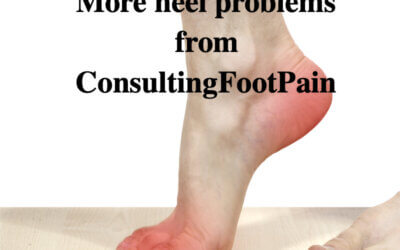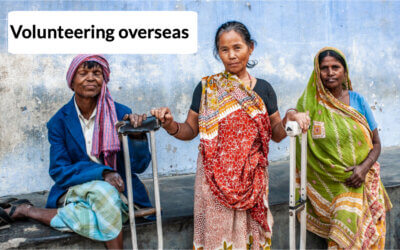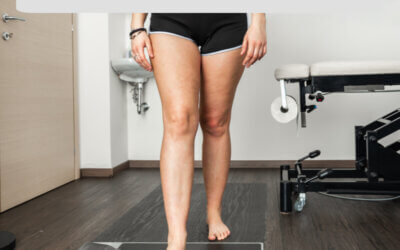Pain and Prevention of Blisters
The skin, footwear and terrain play major parts in causing blisters in the normal foot without complicated skin problems. Take care of this and you are half way there.
Acute and Chronic Pain
This is a second part of a two part article on pain and medication with an emphasis on the foot. Both articles are general and the reader should seek other topics available on this website consultingfootpain.co.uk
The Second Ankle Joint
The second ankle joint is often unspoken about because it is little understood by the public at large. Even qualified health professionals struggle. With the help of some diagrams and carefully selected videos David will take you through this joint to open up more about why we sprain our ankle.
Walking and its many benefits
Taylor Downing writes for his village magazine a short piece on walking, the benefits and science based on a recent book he shares by Shane O’Mara. ConsultingFootPain is delighted to be able to reproduce this article with his kind permission with a little bit of editorial comments.
The Third Ankle Joint
Few lay readers may be unaware that there are three joints around the ankle and the most important bone is the talus. This is the last of 3 articles covering this vital joint and the movement that it provides being essential for human function.
The Ankle and its Role in Walking
When it comes to walking we know how easy it is to hurt the ankle. But do we really understand why the ankle is weak and how to guard again damage? In this first article the author covers the true ankle joint explaining when the foot and ankle are more stable.
Treating Simple Ankle Sprains
Managing the ankle sprain is well within reach of the average person. However the success is dependent in the extent of the injury. This article looks at both recognition and how to deal with the problem as part of first aid.
When is surgery indicated for the bunion?
One common question a patient will ask is do I need bunion surgery. This short article is offered to provide some advice that looks objectively at the how to make that decision and discuss your needs with your foot health clinician. In this revised article the patient is now placed at the centre offering more than simple fact sheets.
Shin splints and tendon dysfunction
Shin splints are common and do not affect runners and sports people alone. I look at the gait cycle to offer some explanation as to the origins of the problem and offer videos and self help information.
Ankle Sprains and Strains
Do you know why you sprain you ankle? Is this something we should worry about. Understanding the mechanism for a sprain can help. What is a strain, and is it the same as a sprain. In the first of this ankle series I hope to enlighten the reader so do check out the series written for the discerning lay reader or indeed the professional.
The Foot Orthosis
This brief article covers orthotics or orthoses providing tips about what you might expect when this form of treatment for your foot is recommended. Can you buy your own for example and what is a prescription? Who should you avoid when being sold an orthosis. Read this article by podiatrist and a former orthotic director without adverts and sales pitch.
Painkillers for Foot Conditions
Using painkillers for foot conditions has a value in many cases for limited periods. This first article is intended to help support the reader’s knowledge about the basic four medicines known as painkillers.
Bruised Heel Pain
Take bruised heel. Relatively unknown if not poorly described. The condition is mixed up with other forms of heel pain such as plantar fasciitis. David, a podiatrist and keen user of the gym writes about his own heel pain and how to deal with it.
Falls the Elderly and What We All Need to Know
It is known that approximately one in three people over the age of 65 living in the community will fall each year. This figure approaches one in two by the age of 80, and fall rates are even higher for residents of nursing homes and those in institutions.
Body Fat and Segmental Analysis
The idea of having knowledge about how your body is made up of muscle and fat seems appealing. It is easy to pretend I am young, fit and slinky when my bio data suggests I cannot abuse my body. In this article I look at some equipment for analysing our fat and segmental values and explain what these all are about. How the reliable the equipment can be. Taking measurement at face value can lead to misconceptions and I am in the health market and understand much of of how our body needs to work.
Am I Fit to Use the Gym?
Being fit to use the gym and all that equipment might be desirable but you might prefer to ask your doctor. In this article I have outlined some of the concerns that doctors might focus on to guide you. We all want to keep fit, not least after a pandemic like covid-19. But it is important to be alive to problems such as blood pressure, obesity, poor kidney function and the effects of dehydration.
Common forms of foot arthritis
In this short article I look at the most common of the arthritic type conditions which are medically based and not related to injury. Arthritis due to rheumatoid disease, gout and psoriasis, starting with osteoarthritis.
The Sesamoid Bone
The sesamoid bone or bones make up the 27th and 28th foot bone and are often forgotten. When they work well we forget they exist but they feature frequently in painful stiff toes and are often the reason why bunion surgery does not work always.
The Heel Bump
David refers to his own experience of heel pain and that mysterious condition called Haglund’s deformity. he takes you through the cause and as usual directs you to self help and trying to avoid surgery. He suggests some useful sites for the reader.
How can podiatrists help with hand-foot syndromes?
Hand-foot or palmar-plantar syndrome (HFS) and hand-foot skin reactions (HFSR) arise with cancer therapy. Initial symptoms include; swelling, numbness, a sense of tightness/stiffness due to the swelling), and pain in the palms and/or soles.
Contact dermatitis and plants
Summer certainly attracts more plants and visitor activity than other seasons. Yet, even as I write this article, I feel itchy. We need to know what to avoid and if we are unfortunate to have a contact rash, we should know what to do. One point about the 10 plants I have picked is that many originate outside the UK while others remain in North America. Given the serious concerns with Japanese Knotweed for example, demonstrates that boundaries do not guarantee that you will come across something that has a kick in its leaf, stem or sap. Skin and respiratory problems arise in some but not all.
A Dying Healthcare System
Consultants split their time between the NHS and the independent sector, although some remain loyal to the NHS alone. Surgeons often make up their salary in this system, taking away an essential NHS resource – experienced professionals. This was the deal that Bevan had to negotiate. It is true that junior consultants have found it harder to follow their senior colleagues into the independent sector but eventually they trim back their hours if they want to work this sector.
Arthritis and the big toe
I confess I am not keen on the word arthritis as it conjures up a disease of the worst kind. So let us use the phrase ‘arthrosis’ because the term means a condition associated with deterioration of any joint, not just the big toe. Severe forms of arthrosis come under a wonderful term – the arthritides (arth-rit-eedees), which sounds like a member of Jason and the Argonauts crew in Greek mythology. Rheumatoid arthritis and gout are two such conditions which are highly destructive. Already you can see Latin and Greek in our language. Medical people love to make everything sound complicated and a bit of old language helps!
Morton’s Nerve Pain
Nerves can recover but often start off because there is local inflammation. The symptoms of what we call neuritis can shoot back up the foot, are often short lived and occur when the foot is compressed initially. Most of the population consult someone between the ages of 40-60. However, there are some who experience the condition as early as 20-30. If caught young then recover can be encouraging. In 1995 Gordon Bennett looked at 115 patients and followed them for 2 years. Thirty-nine percent did well with insoles and footwear alterations. In other words altered their footwear.
Tennis player loses her toenails
Good foot care should be carried out for all sportspeople. They spend huge sums on their sport so they should invest in ensuring the foot is stable and the footgear is correct for their foot shape. Shoes should be fitted with care and the constituent materials should be considered equally important. Consultingfootpain is keen to ensure the public receives good advice so here is some self-help information
Nail care is essential in sports
Having a go yourself sounds a good idea and so there are two approaches to help you. What you can do to prevent the problem from arising and secondly what to do if it happens to you. Let’s start with managing the nail if a problem arises.
Tarsal Tunnel Pain
I want to introduce you to the condition called tarsal tunnel syndrome as a cause of heel pain but with the distinctive quality that the pain burns. The second feature that gives the condition away is that feeling of fullness, a sort of exploding sensation when exercising worsening with standing walking or running. Sometimes this type of problem pain is called referred. This means that the source of pain and location may not match. The pain may be in front of the foot but is related to the structures in the hind part of the foot.
More About Heel Problems
The most common types of heel pain problems arise from general overuse or repetitive heel pad strain but heel pain is complex and if left can resist treatment. In this article, there are four key subjects that you need to know about. The first relates to children while the other conditions are adult related. There are conditions such as rheumatoid arthritis, gout and ankylosing spondylitis that may affect the heel as well as rarer conditions and of course fractures. If the pain does not subside with self-help remedies recommended after several weeks, then seek professional medical help from a podiatrist or medical practitioner.
The Vascular Podiatrist
Taking a good clinical history is vital together with social history. We cover limb oedema (swelling) and changes in the skin with the effects of poor supply. The ultrasound Doppler and blood pressure tests in arms, ankles and toes are vital to match clinical findings with factual changes in pulse quality, pressures and the types of waves. All this information can make a prediction as to the risk associated with vascular disease from amputations to aneurysms to clots and thickening of the walls of blood vessels.
Biomechanics and the foot orthosis
In the USA, from the sixties, the earlier designs were based around a popular subject called ‘biomechanics’. This was a pseudo term but became a significant part of the podiatric medicine degree course in the USA. Much of this pseudo-science involved measurements with protractors (tractographs) and in build error ‘eyesight’ assessment which led to assumptions with a predilection for the concept of wedging. The foot orthosis (F.O.), as it was called, tried to separate itself from the older insole and appliance. A google search today will still confuse the terms.
No Results Found
The page you requested could not be found. Try refining your search, or use the navigation above to locate the post.
No Results Found
The page you requested could not be found. Try refining your search, or use the navigation above to locate the post.
No Results Found
The page you requested could not be found. Try refining your search, or use the navigation above to locate the post.
